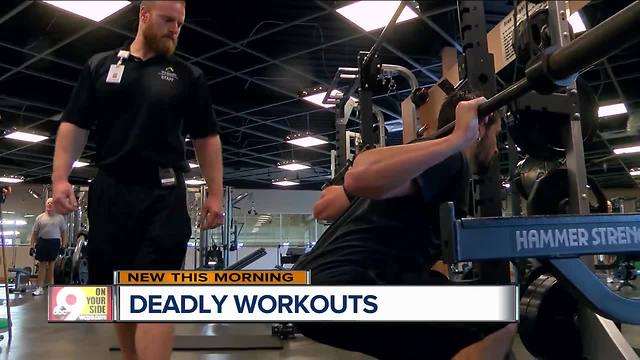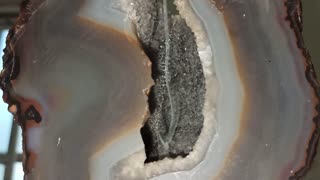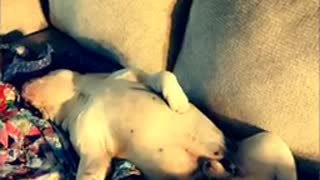Premium Only Content

Feeling the burn isn't always a good thing
From CrossFit to SoulCycle to hot yoga, it seems that there have never been more or more varied options for Americans to hit the gym and work toward better health. Repeating mantras like "no pain, no gain," many of us view the burn that comes with hard exercise as a badge of honor. But, according to doctors, the quest for fitness comes with risks greater than straining your muscles -- if you go too hard and don't listen to your body's signals to stop, you could end up with a life-threatening condition called rhabdomyolysis. "I had a patient in my training who decided to do 200 push-ups and 200 sit-ups in one night," Dr. Emily Dixon, a sports medicine physician at TriHealth, said. "He was in the hospital for 14 days and on dialysis to clean his kidneys out." Rhabdomyolysis occurs when damaged skeletal muscle breaks down too quickly, releasing a flood of toxic chemical byproducts such as myoglobin. Too much myoglobin can cause acute kidney failure like the kind Dixon's overzealous patient experienced. "Sometimes patients have be hospitalized with IV hydration, and often they have to go to dialysis if it's severe enough," Dixon said. Jeff Phillips, a health fitness specialist at TriHealth, said it's important for even experienced athletes to stay hydrated and pace themselves to avoid overexertion. 'The burn' isn't always a good sign. "If you're exercising a muscle intensely for any day, you should give it a day's rest in between," Phillips said." Warning signs of rhabdomyolysis include dark, red-brown urine and extreme muscle soreness. "I had a patient once tell me, 'I couldn't even wiggle my toes because my calves and my feet were so sore,'" Dixon said.
-
 2:42
2:42
WCPO
1 year agoUC police investigating sexual assault
429 -
 0:40
0:40
chuazeneguer
4 years ago $0.25 earnedfeeling good things
248 -
 0:07
0:07
KaatK
4 years ago $0.01 earnedAlways good... footmassage
77 -
 0:35
0:35
JanelleGayler
4 years agoGood thing I’m not a burglar!!!
56 -
 0:51
0:51
Buzzvideos - EN
4 years agoFor boys having sisters isn't always easy
13 -
 0:51
0:51
Buzzvideos - EN
4 years agoFor boys having sisters isn't always easy
10 -
 15:35
15:35
n5rkss
4 years ago $0.75 earnedGood always Trump's Evil exceedingly!
568 -
 0:26
0:26
ViralHog
4 years ago $0.06 earnedGood Friends Always Check for Fleas
359 -
 0:10
0:10
DGiddings
4 years agoIt's a good thing he's cute
46 -
 2:25
2:25
WXYZ
4 years agoFeeling like summer
80